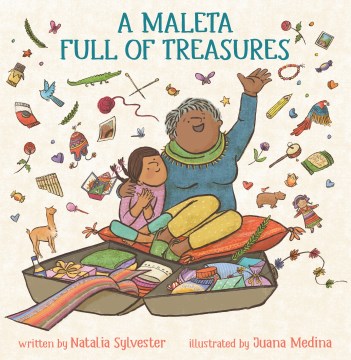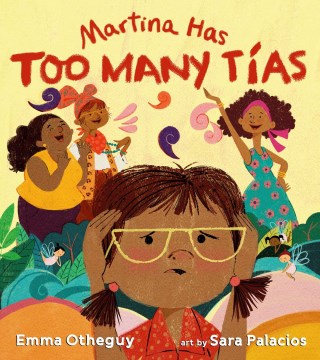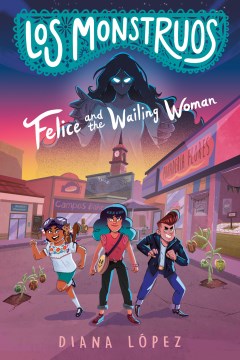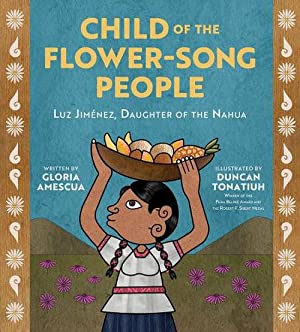
written by Natalia Sylvester and illustrated by Juana Medina
Dulce can’t wait for Abuela’s visit from Peru. When her grandmother asks what she would like her to bring in their video chat, Dulce replies “Just you”. But, Abuela brings so much in her maletas – candies, baked goods, books, a cozy blanket and more. Dulce and Abuela make memories together – making food, listening to cousins’ messages and her grandmother’s stories. The time comes for Abuela to return home and Dulce wants to send her off with mementos of the visit like photos, favorite soaps and a journal she kept during the visit. At the airport, Dulce feels the sadness of Abuela’s impending departure. Her grandmother tells her to look for a surprise under her bed. It was a maleta with Dulce’s name on the tag and full of wonderful things to remind her of her Abuela and her homeland. The accompanying note says that the suitcase will never run out of the love and beauty they share.
This wonderfully sweet story about a grandparent’s visit is a reminder that many children have grandparents that are far away and time together is a precious time. The text is simple yet conveys the connection between the two and their love for each other. Accompanying illustrations add gentle depth to the already lovely story. The only criticism that I have is the font choice, which is quite small and, therefore, will make the book difficult to use as a read aloud. That’s a shame, because this story needs to be shared. Otherwise, it’s a wise choice for your library.




